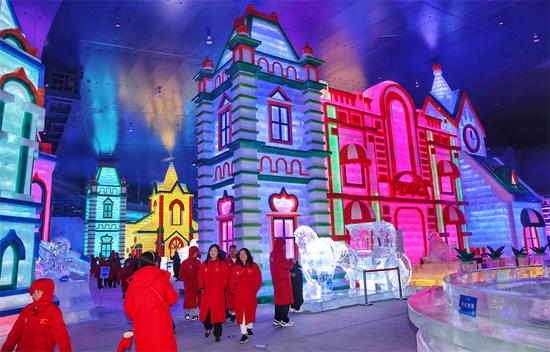
Tourists play at Harbin Ice Snow World in Heilongjiang province on Aug 13. (SHAO GUOLIANG/FOR CHINA DAILY)
With many regions in China seeing scorching temperatures this summer, more and more travelers are seeking respite in some cities that boast cool weather.
In July, online searches for travel products designed to avoid the summer heat surged 150 percent over the level seen in June, according to Trip.com Group, China's largest online travel agency.
This summer, the frequency of high-temperature days has increased due to global warming, affecting many areas that saw the mercury levels touching or exceeding 40 C, according to the China Meteorological Administration.
"Urban residents have been interested in going for forest walks, and experiencing grassland scenery and bamboo raft drifting. Many tourists are unwilling to gather in big cities with large flows of people, and tend to look for small towns or mountain villages with cooler weather to enjoy a peaceful summer," said Shen Jiani, a senior researcher with Trip.com Group.
Northeast China, especially Harbin in Heilongjiang province, went viral online last winter with its distinguished winter tourism resources and food. Its famed ice sculpture and frozen pear attracted many tourists. Now, the region has become popular again with its daily average temperature staying below 25 C.
The region has attracted a large number of tourists. Since July, among those who stayed at hotels in the three provinces of Northeast China, the highest number of visitors came from Beijing, Tianjin, Shanghai, and Nanjing in Jiangsu province and Hangzhou in Zhejiang province. Hotel bookings have jumped more than 60 percent over the levels seen in June, Trip.com found.
Besides, Guiyang in Guizhou province, Hohhot in the Inner Mongolia autonomous region and Qinhuangdao in Hebei province are listed as some of the most sought-after places in summer.
Such popularity has driven sales of China's summer tourism market to the range of 1.2 trillion yuan ($167.8 billion) to 1.5 trillion yuan, indicating strong demand and high growth potential of the segment, according to a report by the China Tourism Academy.
An assistant manager surnamed Xiao of a rural resort located in the Qinling Mountains, operated by Trip.com in Foping, Shaanxi province, said the resort has received a large number of phone inquiries recently. Most tourists, he said, called to inquire about the temperature levels there.
Located deep in the mountainous area, the average temperature of Foping is about 10 C below that of Xi'an, the provincial capital of Shaanxi. Frequent rainy days have made the weather even cooler recently, and many tourists from nearby cities flock to the place to beat the summer heat.
Indoor skiing resorts have also become trendy summer entertainment, especially for consumers from southern China.
Simply going to ski resorts in northern China in winter is no longer enough to meet the demand of skiing enthusiasts in the south, and it has become a new trend for them to check out large-scale indoor skiing resorts in the surrounding area during summer.
In July, bookings at skiing resorts jumped 15 percent month-on-month. Last winter, among the top five cities that saw the highest booking volumes of skiing-related products in China, four of them were southern cities: Shanghai, Chongqing, Hangzhou, and Chengdu in Sichuan province, Trip.com said.
Since the Beijing Winter Olympic Games in 2022, ice and snow sports have seen widespread popularity in southern China where the skiing economy has experienced sustained growth.
Annual countrywide sales related to various ice and snow sports have exceeded 150 billion yuan, according to a recent report by the General Administration of Sport of China.








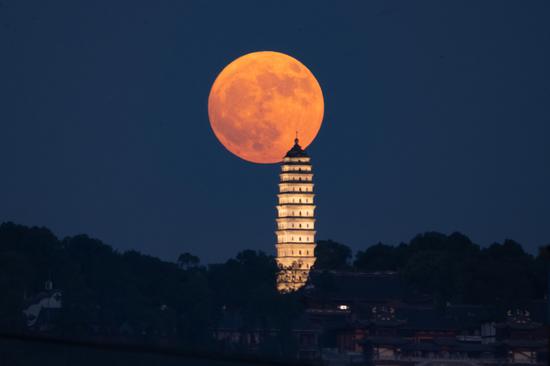
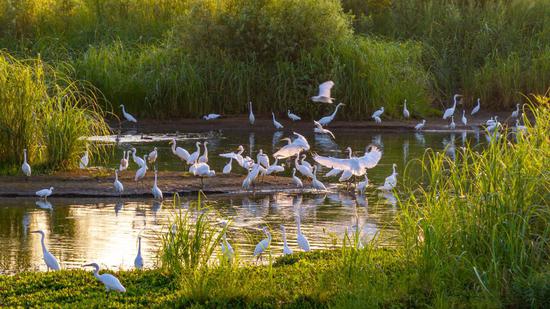


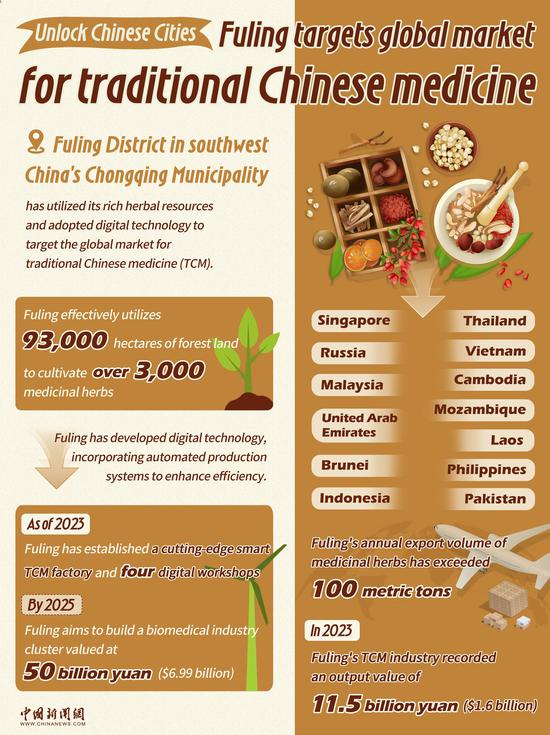
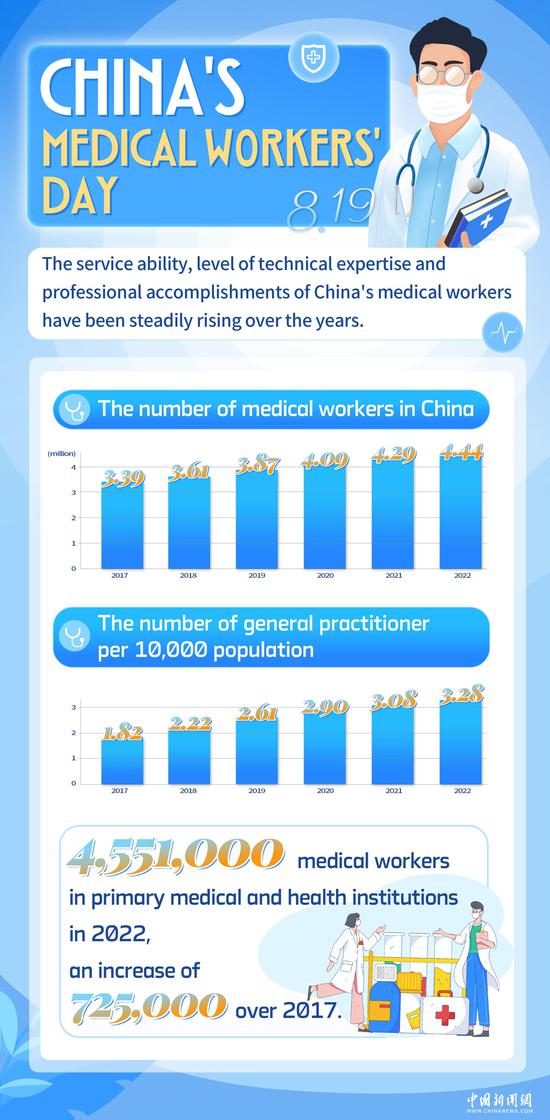

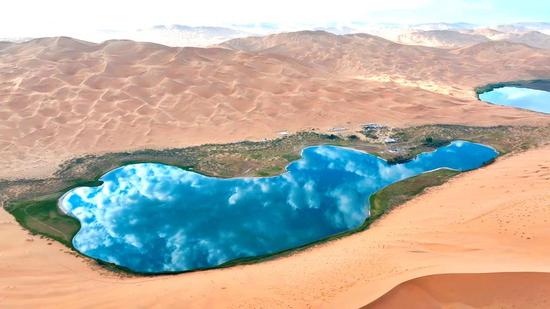

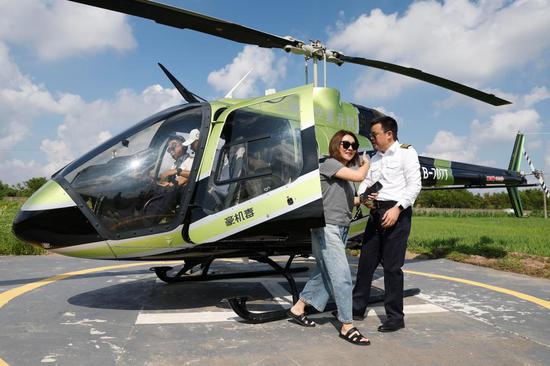
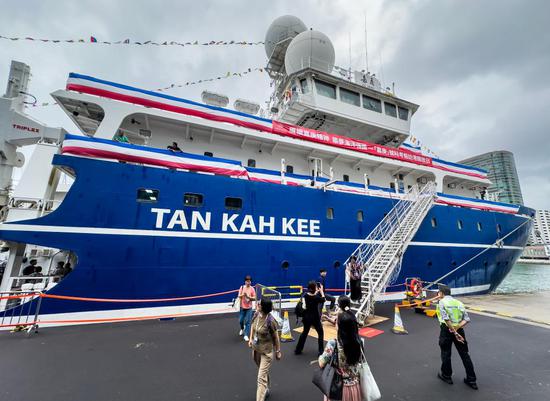
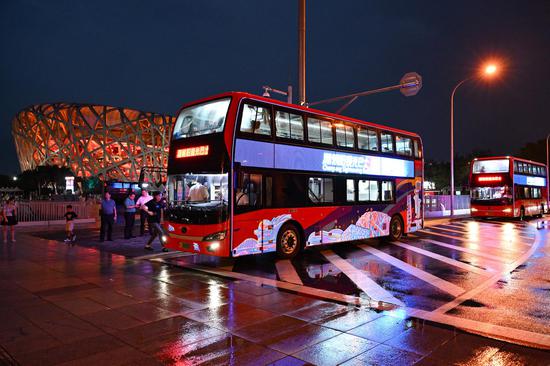

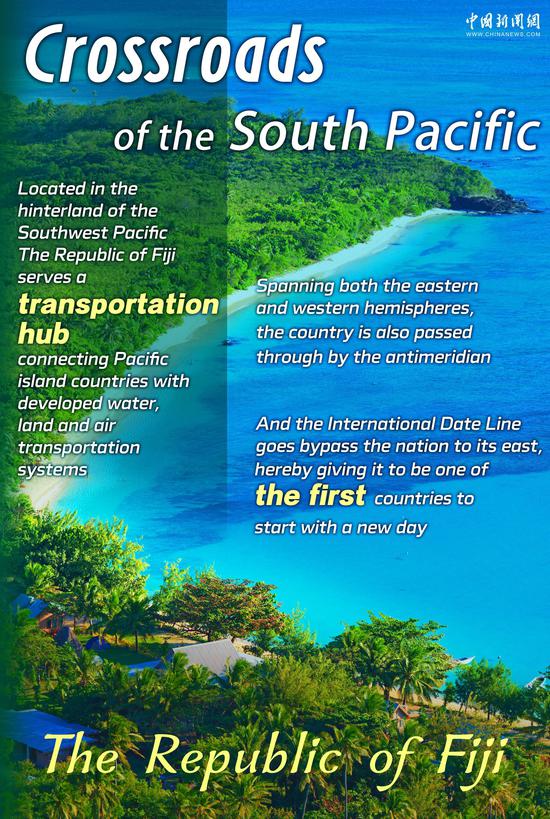
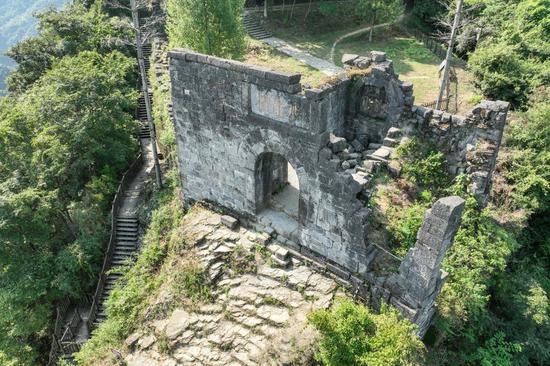
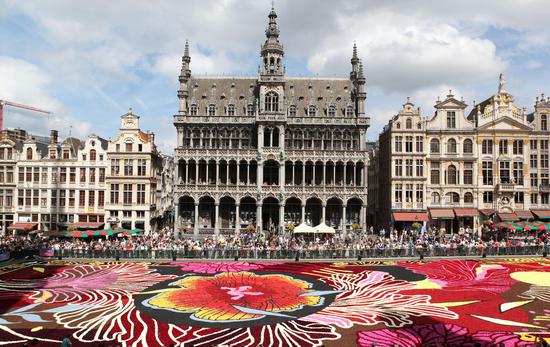
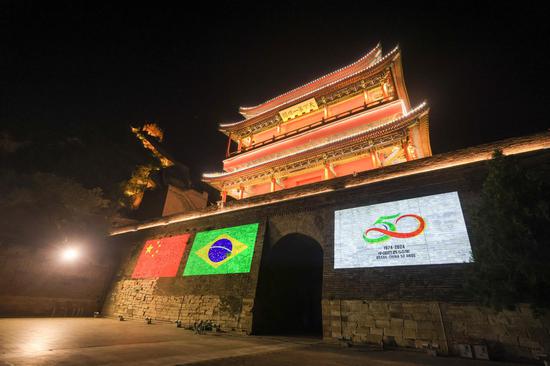
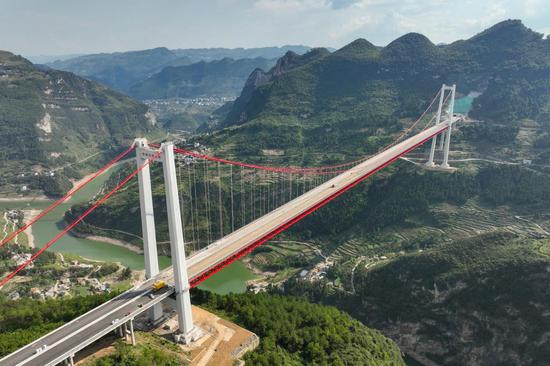

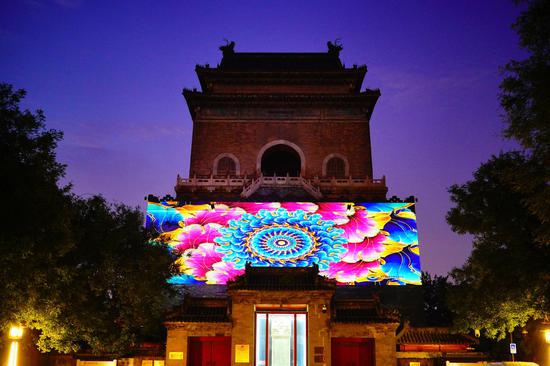
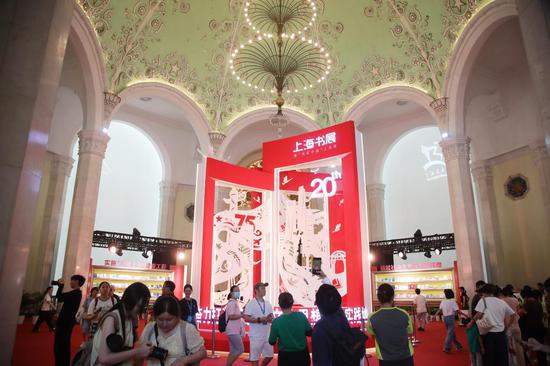

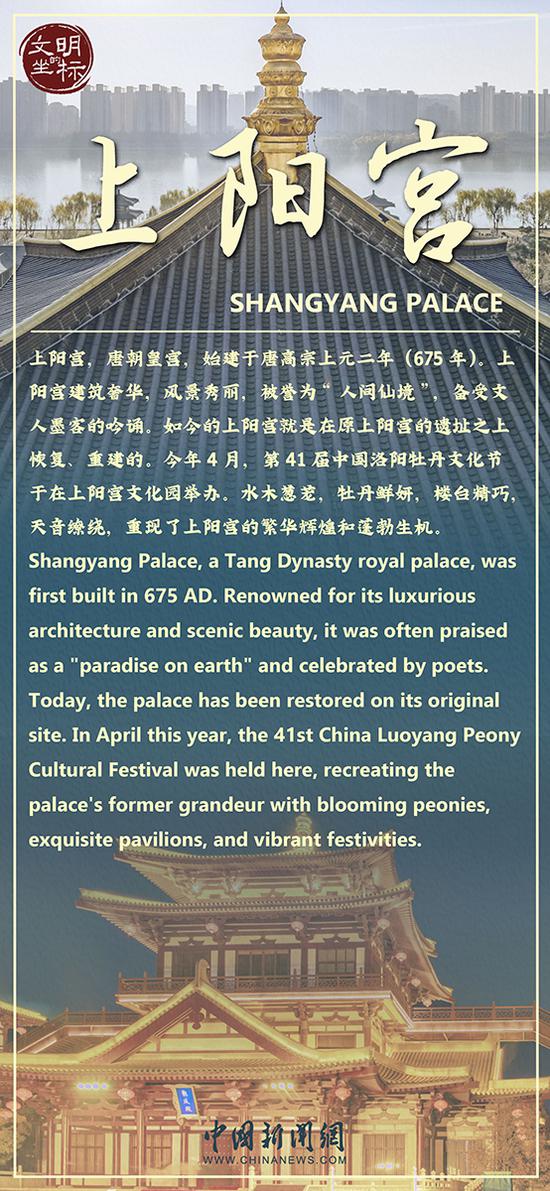










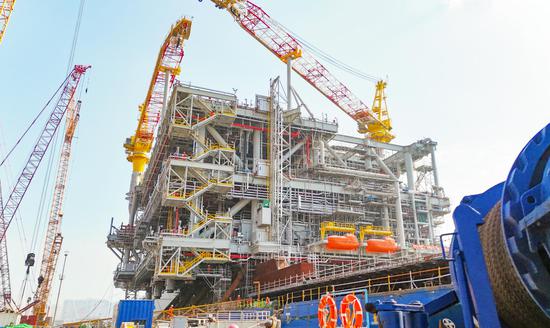
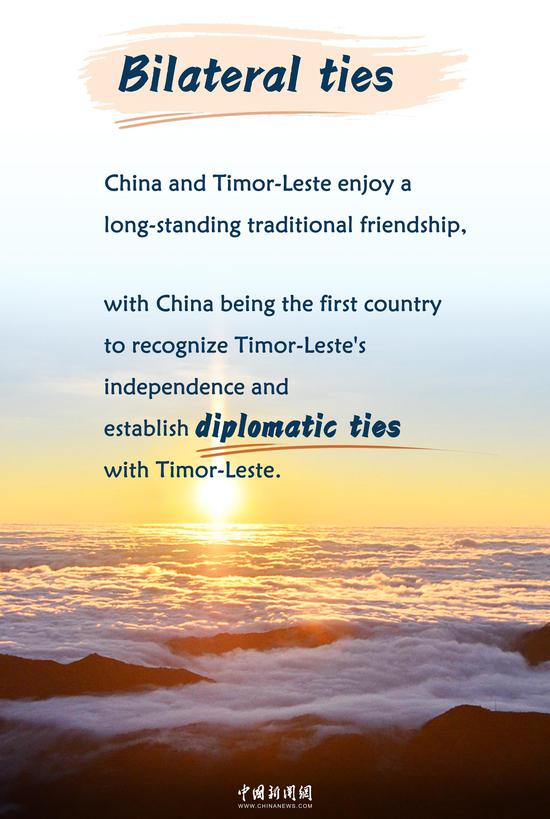
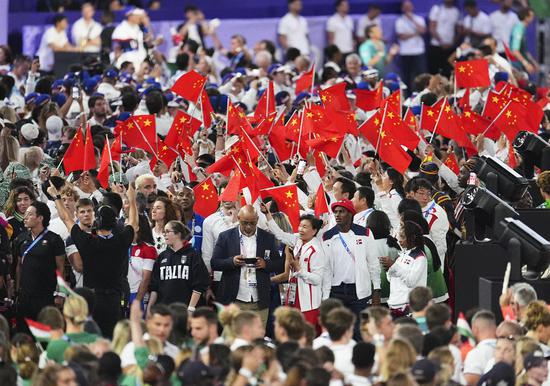
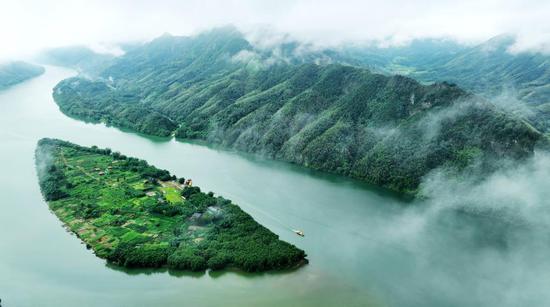





 京公网安备 11010202009201号
京公网安备 11010202009201号